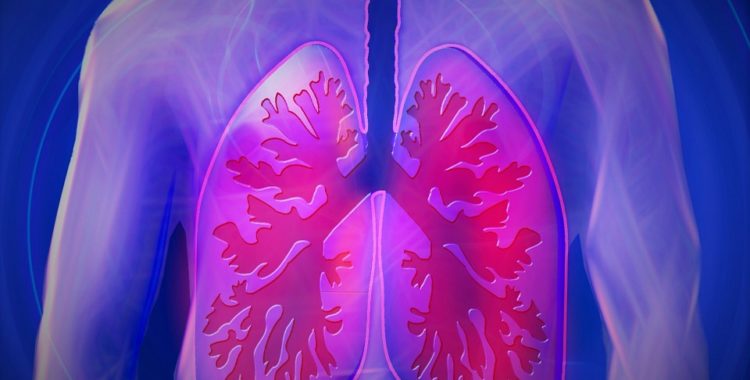The Differences Between Spiriva HandiHaler and Spiriva Respimat
Spiriva HandiHaler and Spiriva Respimat
Spiriva is a long-term maintenance prescription used in the treatment of chronic obstructive pulmonary disease (COPD) relieving bronchospasms. Spiriva is not to be used as a rescue medicine. It cannot (and should not) be administered for the treatment of sudden breathing problems.
Belonging to the anticholinergics class of drugs, Spiriva inhibits the reaction of acetylcholine (which is a neurotransmitter) in the body. It transmits signals between specific cells affecting certain functions of the body.
Spiriva relaxes the muscles surrounding the airways. People living with COPD, suffer tightened muscle linings in their airways which causing their airways to become too narrow—therefore creating difficulty with breathing (called bronchospasm).
What are the different types of Spiriva?
Spiriva is typically available in two different forms: Spiriva HandiHaler (consisting of tiotropium bromide inhalation powder) and Spiriva Respimat (consisting of tiotropium bromide inhalation spray). Both Spiriva Respimat and Spiriva HandiHaler have an active ingredient called tiotropium, a long-acting muscarinic agent (LAMA) or anticholinergic.
However, while they both contain the same active ingredients, they work in slightly different ways. Spiriva HandiHaler delivers a dry powder form contained in a capsule that is injected into a special inhaler. Though it’s important to note that the Spiriva capsules should not be swallowed orally. The capsule should only be used with the HandiHaler device and inhaled through the mouth.
For the Spiriva Respimat, it uses a different kind of special inhaler. It delivers a slow-moving mist to aid the patient to inhale the medicine easier. However, the amount of medicine the patient takes in is not dependent on how fast they are able to inhale—as patients receive one dose per day, which normally lasts for 24 hours.
Spiriva side-effects?
Patients who have milk protein allergies or allergies to ANY of the ingredients of the medication should not take Spiriva Respimat and Spiriva HandiHaler. It should also not be used with other anticholinergic-containing drugs.
Therefore, before starting Spiriva (both types), patients must inform their healthcare professionals about all medical conditions. A prescribing doctor should be aware if you are pregnant, plan to become pregnant, or are breastfeeding. Spiriva HandiHaler and Spiriva Respimat have not been tested enough yet to see if they can do harm to unborn babies or to pass into the mother’s milk.
It’s very important to consult your physician before taking the drugs, as certain medications can have an adverse interaction with both Spiriva Respimat and Spiriva HandiHaler. Always be cautious with new medication.
Common side effects found in patients in clinical trials that were treated with Spiriva Respimat: Cough, sore throat, sinusitis, and dry mouth. While for those treated with SpiriviaHandiHaler, common side effects included: dry mouth, sinusitis, upper respiratory tract infection, sore throat, urinary infection, runny nose, blurred vision, indigestion, constipation, increase in the heart rate, and chest pain.
Spiriva contraindications?
Severe symptoms may be experienced in patients who suffer from urinary retention (not being able to empty the bladder fully) and glaucoma (blurred vision, eye pain, vision change, redness) and should consult their medical expert straight away if any of the signs above develop.
What is the recommended dosage for Spiriva?
The dosage for Spiriva HandiHaler is normally to inhale the powder contents of one capsule twice with the HandiHaler device, once daily. The contents of Spiriva capsules are tiotropium (18mcg).
For the Spiriva Respimat dosage, it should be taken as two inhalations of 2.5mcg (total dose equals 5mcg of Spiriva Respimat), once daily, at the same time of the day. Also, do not take more than one dose of both Spiriva types in 24 hours.
Spiriva coupons?
Additionally, if you’re wondering how to get Spiriva coupons, Spiriva offers prescription coupons these coupons can be found in the form of printable coupons, trial offers, savings cards, rebates, and free samples.
Some of the offers allow printing directly from websites, others require registration, completing a questionnaire, or obtaining a sample from the doctor’s office.







